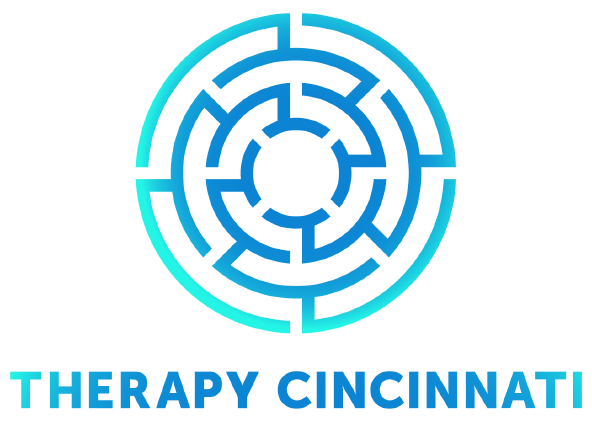Gaslighting is a stealthy form of manipulation and psychological abuse that can leave victims feeling disoriented, confused, and doubting their own reality. If you find yourself in a situation where you're being gaslit, it's crucial to know that you're not alone and that there are steps you can take to survive and reclaim your sense of self. In this article, we'll explore three essential steps to help you navigate through gaslighting and emerge stronger on the other side.
Before we begin, it’s important to note that often the effects of gaslighting have a deep impact on the victim. While the strategies below are helpful and can be a way to begin to distance oneself from a gaslighter, people who have experienced gaslighting often benefit tremendously from therapy. Therapists who specialize in relationships have advanced training in how to heal from the effects of gaslighting, and can also help you avoid being in a relationship with a gaslighter in the future.
Recognizing the Signs of Gaslighting
The first step in surviving gaslighting is to recognize the signs and patterns of manipulation. Gaslighting often involves subtle tactics aimed at undermining your confidence in your own perceptions and experiences. These tactics may include denial, minimization, or twisting of facts, making you question your own reality. It's like a cunning game of manipulation where the gaslighter seeks to gain control over your thoughts and emotions. Pay close attention to any discrepancies between what you're being told and what you know to be true. Trust your instincts and recognize when something doesn't feel right.
Gaslighting can take many forms, from outright lies to subtle manipulation tactics. For example, the gaslighter may invalidate your feelings or experiences, dismiss your concerns as irrational, or blame you for their behavior. They may also use tactics such as projection or deflection to shift blame and avoid accountability. Gaslighting often occurs in intimate relationships, but it can also occur in professional, familial, or social settings. It's important to recognize the signs early on so you can take steps to protect yourself from further manipulation and abuse.
Trusting Your Own Reality
Gaslighting thrives on undermining your confidence in your own perceptions and experiences. To survive gaslighting, it's crucial to trust your own reality and validate your feelings and experiences. Remind yourself that you are the expert on your own life and that your thoughts and emotions are valid. It's like reclaiming your power and asserting your truth in the face of manipulation. Surround yourself with supportive friends and loved ones who can validate your experiences and provide a reality check when needed. Most importantly, be ready to believe and trust what others are telling you, especially if more than 1 person is telling you something they see in your relationship.
Trusting your own reality may require a shift in mindset and a commitment to self-validation. Practice self-compassion and self-affirmation, reminding yourself of your worth and intrinsic value. Engage in activities that nurture your sense of self and reinforce your confidence in your own perceptions. Remember that you deserve to feel safe, respected, and validated in your relationships, and don't hesitate to assert your boundaries when they're crossed.
Setting Boundaries and Seeking Support
The final step in surviving gaslighting is to set boundaries and seek support from trusted sources. Establish clear boundaries with the gaslighter and communicate your limits assertively. It's like building a protective shield around yourself, guarding against further manipulation and abuse. Be firm in your boundaries and enforce consequences if they are violated.
Seek support from friends, family, or a therapist who can provide guidance, validation, and support as you navigate through the challenges of gaslighting. Surround yourself with people who believe in you and validate your experiences. Therapy can be particularly helpful in providing a safe space to process your feelings and develop coping strategies for dealing with gaslighting.
Remember that you are not alone, and there are people who can help you through this difficult time. Trust yourself, believe in your truth, and know that you deserve to be treated with respect and dignity. Gaslighting is a serious form of psychological abuse, but with the right support and resources, you can survive and thrive.

